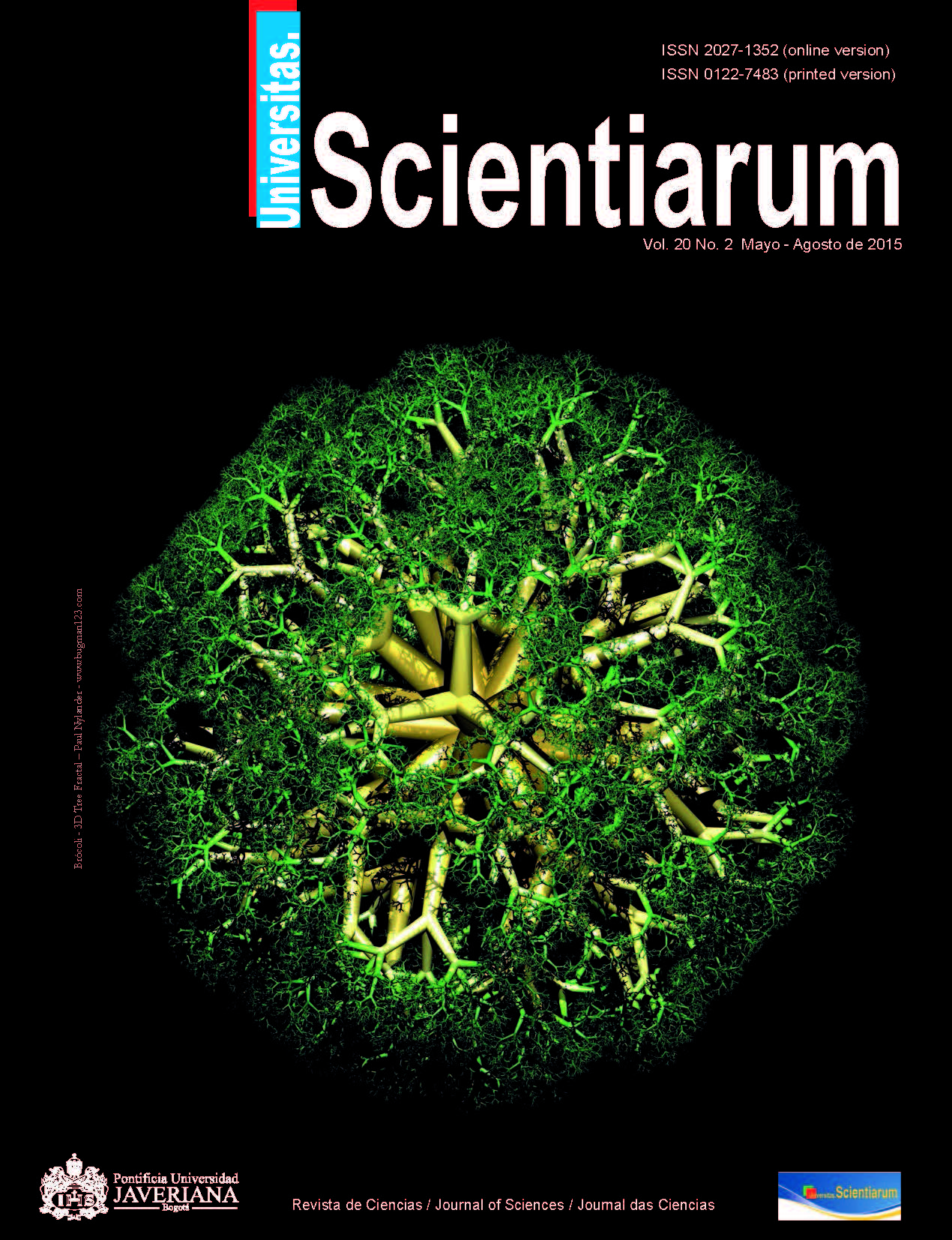Effect of light quality on Tabebuia rosea (Bignoniaceae) seed germination
##plugins.themes.bootstrap3.article.details##
Tabebuia rosea germination capacity and rate have been examined under light and dark conditions. However, seeds responses to light quality, in particular to short and mid-wavelengths, are not well known. We hypothesized that short wavelengths would have a positive effect on T. rosea germination. The effects of short, mid and long-wavelengths on germination capacity, rate (germination rate index, germination rate R50, a devised index of germination rate R50´ and peak value), mean daily germination and germination value were evaluated. Light quality had little effect on germination capacity; it was reduced only in darkness. Seeds under short and mid-wavelengths germinated faster (germination rate) than under any other light treatments. We concluded that although T. rosea seeds respond to all light quality treatments, the short and mid-wavelengths are the cue for increasing germination speed. For synchronizing germination, short and mid-wavelengths transmitted by red cellophane paper can be used as a pre-germinative treatment for restoration and silvicultural purposes.
Bignoniaceae, short-wavelengths, mid-wavelengths, germination capacity, germination rate, pre-germinative treatments.


